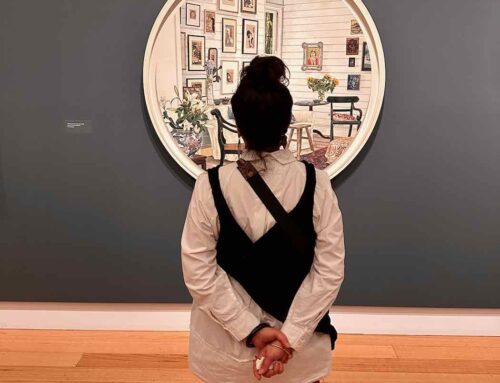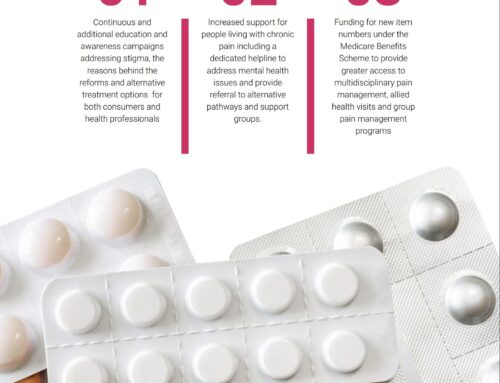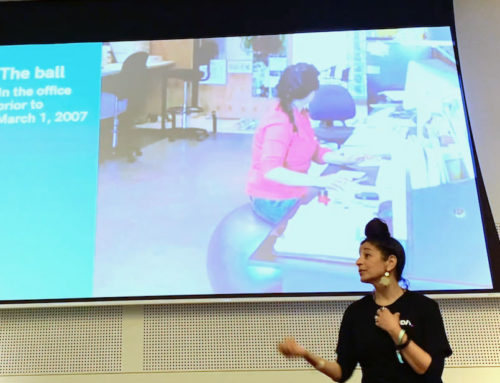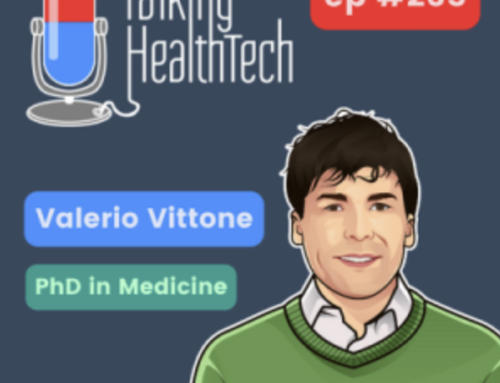I never shop from my phone, but given Theo and I were away for the weekend (researching our next phase of life), I felt it was worth the risk responding to The School of Life‘s Dr Norman Doidge event and booked our two tickets.
Glad I did. The event was sold out within the week and over 300 people were on the cancellation list.
In 2011, after my peripheral stimulation device was implanted (and having my reading ability restored), I reached for Dr Doidge‘s, The Brain That Changes Itself, and grasped the idea to contact Prof Lorimer Moseley who was referenced within the book.
That idea led to my diagnosis.
So my mind ran. What might happen if I actually met Dr Doidge?!
I won’t keep you hanging. There is sadly no spectacular event to report… yet (forever hopeful remember)! But… come question time, I did get to clarify the niggle that has been roaming around my brain since the book was released which is, Are Some Brains More Plastic than Others?
From my understanding of Dr Doidge‘s thorough explanation (remember I’d been sitting a while so things were getting foggy and very sore) he replied, yes and explained his clinical experience with the unwell brain that for example caused illnesses such as Dementia.
Below is a video of Dr Doidge‘s ‘noisy brain’ explanation which differs from the unwell brain.
You will all know the answer I was seeking, is it possible I have permanent damage?
After listening to these two responses I’m hoping my brain is just a bit noisy and needs some synchronisation:
I believe RMIT or The School of Life were filming the whole event so here’s hoping we’ll get it online somewhere, otherwise there are many videos featuring Dr Doidge on YouTube.
Ok, so I do have a signed copy of the book and the suggestion from Dr Doidge was to head straight to Chapters 1 and 4. I will do that and report post-haste!
What I came away with after hearing Dr Doidge
The best points:
- He approaches patient consultations as a medical ‘agnostic’
- Terms Dr Doidge used like ‘noisy brain’
- Traditional therapies do work
- Sensory treatments do work
- And to correct facts, it was Freud who originally began to document the ‘synapses’
- Moshé Feldenkrais is a genius.
The reality hit:
- The clinical studies and findings of Dr Doidge are the beginnings of a dialogue
- These clinical studies are encouragement to continue his research
- We cannot define the mind yet
- Sounds can hurt (and sadly do so for me)
- No one funds the good stuff, just the ‘sure’ stuff which really isn’t so sure (probably just more sellable!)
The ‘oh dear’:
- I was not given an instant fix treatment
- I definitely have a noisy brain
- Wendy Zukerman… I believe we lost a bit of quality question time there and I found the equal naming rights very odd!
And:
- one more video snippet as I found the explanation about the naming of the book very interesting











We’ve heard your answers and I have also given you ample coverage for your website Dr Rodrigues. Anyone who is interested can find you. thank you for stopping by again.
Soula, if only the Don Quixote of the Dry Needle would play by his own rules! But alas, this has never been the case. Some brains are less plastic than others; they never wish to change!
A true scientist will not believe what they read, hear, are told or what is in their brain!!
It is a cardinal sin, for anyone especially a scientist to allow a “know-it-all” or specialist to make blanket statements. We as laymen or citizens must question authority.
These are the rules which will lead one to the truth or most accurate conclusions:
Study all known history.
Review what worked in the past and especially what did not work.
Review all to the raw data. Every tidbit is of vital importance and must not be discarded.
Try not to use predigested data which will be tainted.
Look for consistency it the results be they positives and negatives.
Look for what works.
Junk or trash what does not work.
Review everything.
Have open and honest discussions for changes in mind and processes or data.
Rethinking is vital to uncovering what is truth.
See why the treatments fail.
Take action to make formal corrections in flawed policy and procedures.
If you do not have any additional valid or vetted evidence hold you horses.
If you just have ideas and opinions they must fit like-a-glove within what has been known.
Here are a few test questions:
How do you treat stubborn Migraine headaches?
How do you treat Trigeminal Neuralgia?
How do you treat PN for that matter?
How do you treat Carpal Tunnel Syndrome?
How are all these diagnoses related?
Why is Soula still have pain?
The answer is under your nose and the solutions are at your finger tips.
Care to ask for the answers?
Soula, it is sad to see that Dr Rodrigues still seems to believe that the world of pain can be conquered at the point of the stainless steel needle. His recourse to the writings of past icons, whom he sees as “masters of medicine of the last century,” ignores the great advances that have taken place in the neurobiology of pain over the last 50 years. Readers would be well advised to take all that he says with the customary “pinch of salt”.
Long-term pain treatment failures are the direct result of negating a huge amount of knowledge, science, protocols, treatment options, concepts, experiences and wisdom from these masters of medicine of the last century: Baldry, Burke, Chaitow, Craig, Cyriax, DiFabio, Gokavi, Gunn, Hackett, Helms, Lennard, Hamm, B.J./D.D. Palmer, Pybus, Rachlin, Rapson, Seems, Simons, Travell, Wyburn-Mason.
Any article that does not have within it these names should be considered incomplete and thus suspect in the world of truth, medicine and science.
The experiences of these authors can fill in all the gaps that have been opened up by many who have ignore these names and their work. Here are some of their principles:
All pain has a source.
All pain has a remedy.
All pain can be effectively resolved with the proper remedy.
The remedy has to reach to source.
The remedy has to benefit the source.
The remedy has to remove the source.
The remedy has to restore the source.
The remedy has to benefit the patient as a person with a mind, body and spirit all within a complex life.
The muscular organ system is the only logical system of the 11 which can PRIMARILY store stress and produce pain signals. (So nerves, bone, joints, disc, cartilage can not produce pain primarily. These structures can only produce pain secondarily)
The muscular system produces an erratic, invisible pain signal. Meaning no blood or radiologic evidence of this pain. This pain is in the “itch effect stage.” How do you help someone who is complaining of an itch on their back? You must assist that person request as an obedient servant.
The sickness in the muscular system can degrade to secondarily cause total system dysfunctions. ie Erratic BP or pulse, metabolic errors and immune issues. Then these muscles can contract and crush nerves and joint structures which can then be seen on technology instrumentation.
The patient is the only purveyor of the exact locations of the source of pain and where to apply the remedy.
The patient is the only purveyor who can confirm the source has been removed and the remedy is beneficial.
There are only 3 known effective remedies which are safe, logical, evidence-based, science-based and reality-based which can reach, benefit, remove and restore the source within involved muscles: 1. External to the muscles as in hands-on therapies with tools and manual labor. 2. Internal to the muscle bundles as with thin needling as per GunnIMS, myofascial acupuncture and dry needling. 3. Internally into the muscle bundles as with a hypodermic needling as per Travell/Hackett/Rachlin et al.
In my experience, the most efficient way to return a patient back to a state of total well being is to apply all 3 remedy concepts at the same time, weekly, until the patient is satisfied.